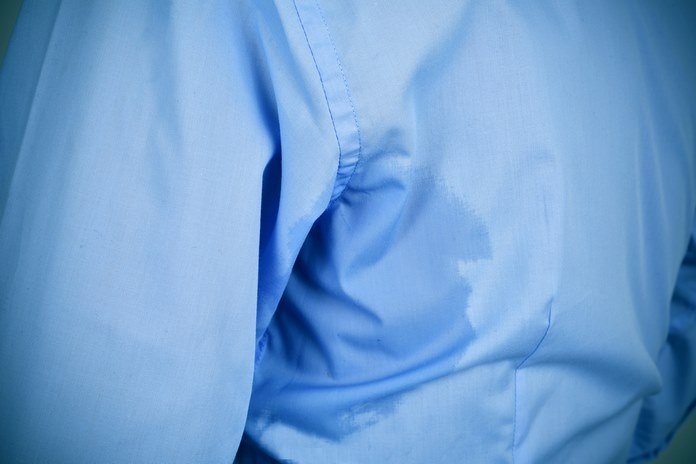Common Types Of Hyperhidrosis

Hyperhidrosis has two major types to help the doctors and the patients to better understand the causes and then go for a perfect treatment course. The two main types of hyperhidrosis include primary or focal hyperhidrosis and secondary or generalized hyperhidrosis. Learning about the difference between the two types is one of the most necessary steps to understand hyperhidrosis. Following is the description of both types of hyperhidrosis:
1- Primary or focal hyperhidrosis
Primary or focal hyperhidrosis indicates excessive sweating that does not arise due to another medical disorder or condition and also is not a side effect of any medications. Excessive sweating appears primarily in focal hyperhidrosis without any accompanying health conditions. Primary or focal hyperhidrosis is a medical disorder in itself and is a type of sweating that develops on certain parts of the body known as focal areas. In addition, the symptoms of excessive sweating in primary hyperhidrosis are somewhat symmetrical, which means that both the sides of the body i.e., the right and the left suffer similarly. (2)
The most commonly affecting focal areas on the body include sweaty feet, sweaty underarms, sweaty face or head, and sweaty hands. However, most people suffering from hyperhidrosis tend to experience intense sweating on more than one body part. For instance, people with sweaty palms almost always suffer from sweaty feet as well. Primary hyperhidrosis often starts to develop in later childhood or early adolescence, especially with the symptoms of sweaty feet and hands. Interestingly, although most people with the primary type of hyperhidrosis suffer from excessive sweating once a week at least and they usually are not affected by excessive sweating during sleep.
2- Secondary or Generalized Hyperhidrosis
The other major type of hyperhidrosis is secondary or generalized hyperhidrosis and this type of sweating results due to some medical condition or due to a side effect of some medication. Secondary hyperhidrosis gets its name due to its cause as it is secondary to a medicinal side effect or a medical condition. Unlike primary or focal hyperhidrosis, patients with secondary hyperhidrosis go through excessive sweating on larger body parts or all over the body. There is the presence of excessive sweating on generalized body areas such as thighs, abdomen, and back of the body. In addition, another key factor that differentiates the two types of hyperhidrosis is that the patients of secondary or generalized hyperhidrosis might often go through symptoms of sweating even while sleeping. (3)
In case of secondary hyperhidrosis, the symptoms tend to show in adulthood while the symptoms of primary hyperhidrosis begin in adolescence or childhood. Looking for potential and systematic treatment courses for treating the symptoms of secondary or generalized hyperhidrosis often includes the determination of any underlying medical condition’s presence or a side effect to a certain medication. Some medications might also trigger the body to sweat excessively and might be the root cause of secondary or generalized hyperhidrosis. You must not exclude any important symptom in case of secondary hyperhidrosis of an underlying medical condition.
